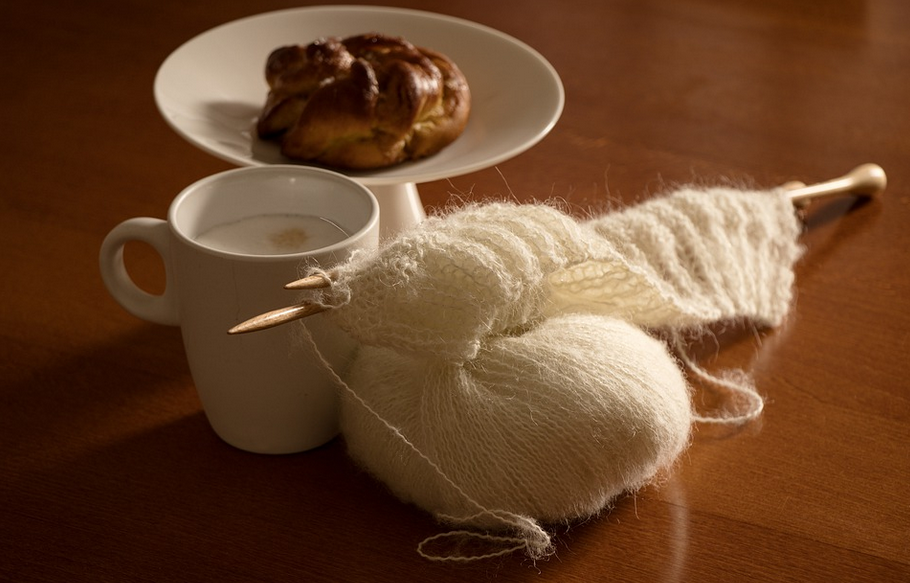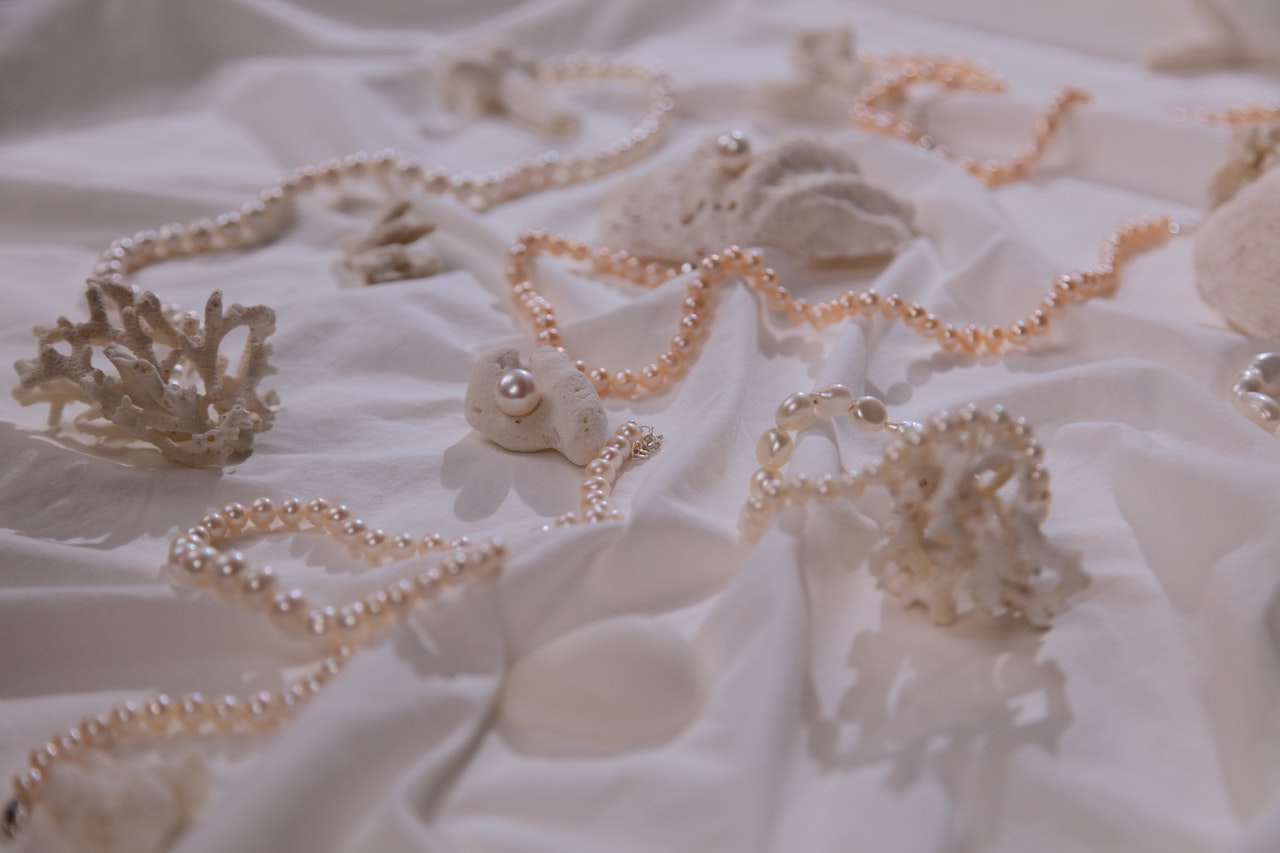Are you a knitter? If so, you know it’s essential to use the right type of yarn for your project. Different yarns are better suited for different projects, and using the wrong type can lead to disaster. This blog post will discuss ways to choose the suitable yarn for your needs. Whether you are a beginner or an experienced knitter, this guide will help you make the best decisions for your crochet and knitting pattern.
Consider Type of Project

One of the first things you should consider when selecting a yarn is the type of project you are working on. Different yarns may be better suited for various tasks, such as sweaters, blankets, and hats. If you are making a baby blanket, then a soft and lightweight yarn is ideal. On the other hand, if you make a winter coat, use a thicker and warmer yarn.
Check the Fiber Content
 Another essential thing to consider when selecting a yarn is the type of fiber it is made from. Fibers will have different properties, such as warmth, durability, and elasticity. Common types of fibers include wool, cotton, and acrylic. Wool is an excellent choice for items that need to be warm and durable, such as sweaters and hats. Cotton yarn is ideal for items that need to be soft and breathable, like baby blankets. Acrylic yarn is a popular all-purpose yarn that can be used for almost any type of project.
Another essential thing to consider when selecting a yarn is the type of fiber it is made from. Fibers will have different properties, such as warmth, durability, and elasticity. Common types of fibers include wool, cotton, and acrylic. Wool is an excellent choice for items that need to be warm and durable, such as sweaters and hats. Cotton yarn is ideal for items that need to be soft and breathable, like baby blankets. Acrylic yarn is a popular all-purpose yarn that can be used for almost any type of project.
Examine Weight of the Yarn
 The weight of the yarn you select can also make a big difference in the outcome of your project. Yarn is typically categorized by its thickness or “weight”, which is indicated by a number such as 2 (“fingering”) or 4 (“worsted”). The higher the number, the thicker the yarn. For instance, a lace-weight thread may be ideal for lacy projects such as shawls and scarves, while a bulky-weight yarn may be better suited for sweaters and blankets. In addition to the weight, you should also consider the length of the thread; most standard skeins are sold in one-, two-, or three-pound packages.
The weight of the yarn you select can also make a big difference in the outcome of your project. Yarn is typically categorized by its thickness or “weight”, which is indicated by a number such as 2 (“fingering”) or 4 (“worsted”). The higher the number, the thicker the yarn. For instance, a lace-weight thread may be ideal for lacy projects such as shawls and scarves, while a bulky-weight yarn may be better suited for sweaters and blankets. In addition to the weight, you should also consider the length of the thread; most standard skeins are sold in one-, two-, or three-pound packages.
Selecting the suitable yarn for your project can make all the difference in the outcome. By considering the type of project, fiber content, and thread weight, you can choose a yarn that will work best for your needs. With this information in mind, you’ll be one step closer to creating beautiful projects with excellent results. Happy knitting.





